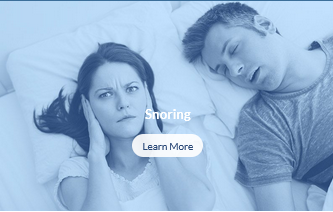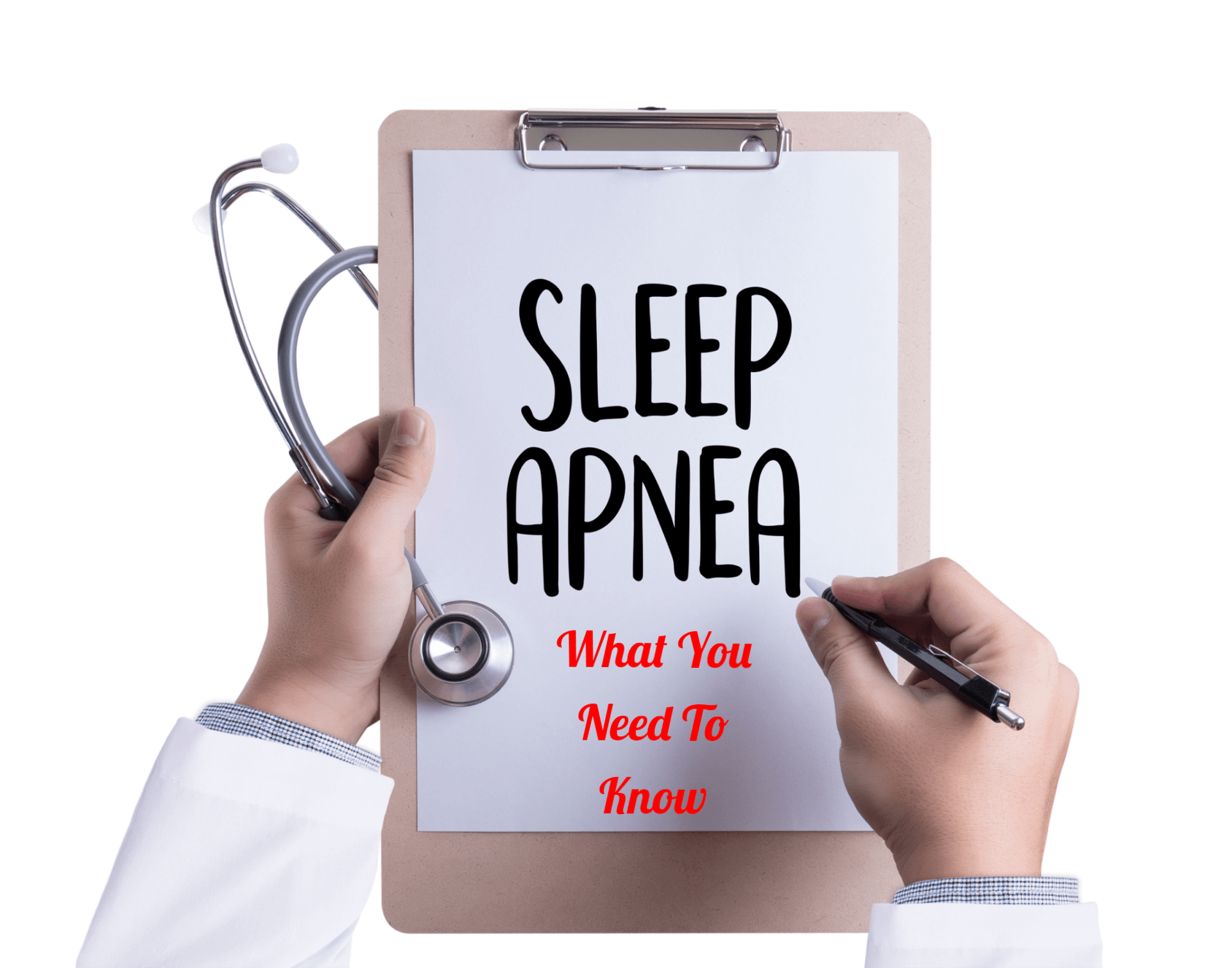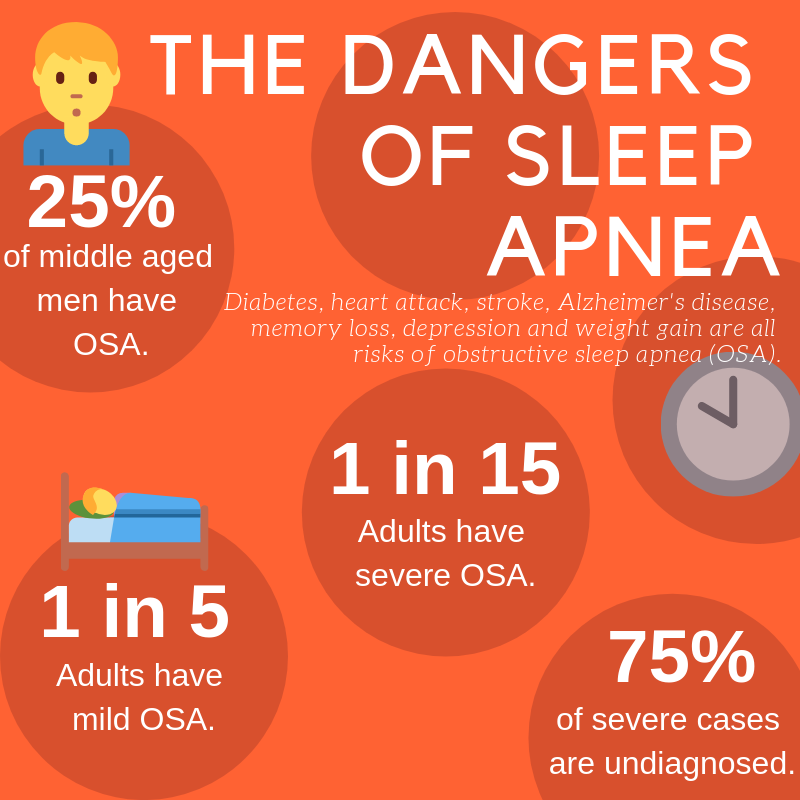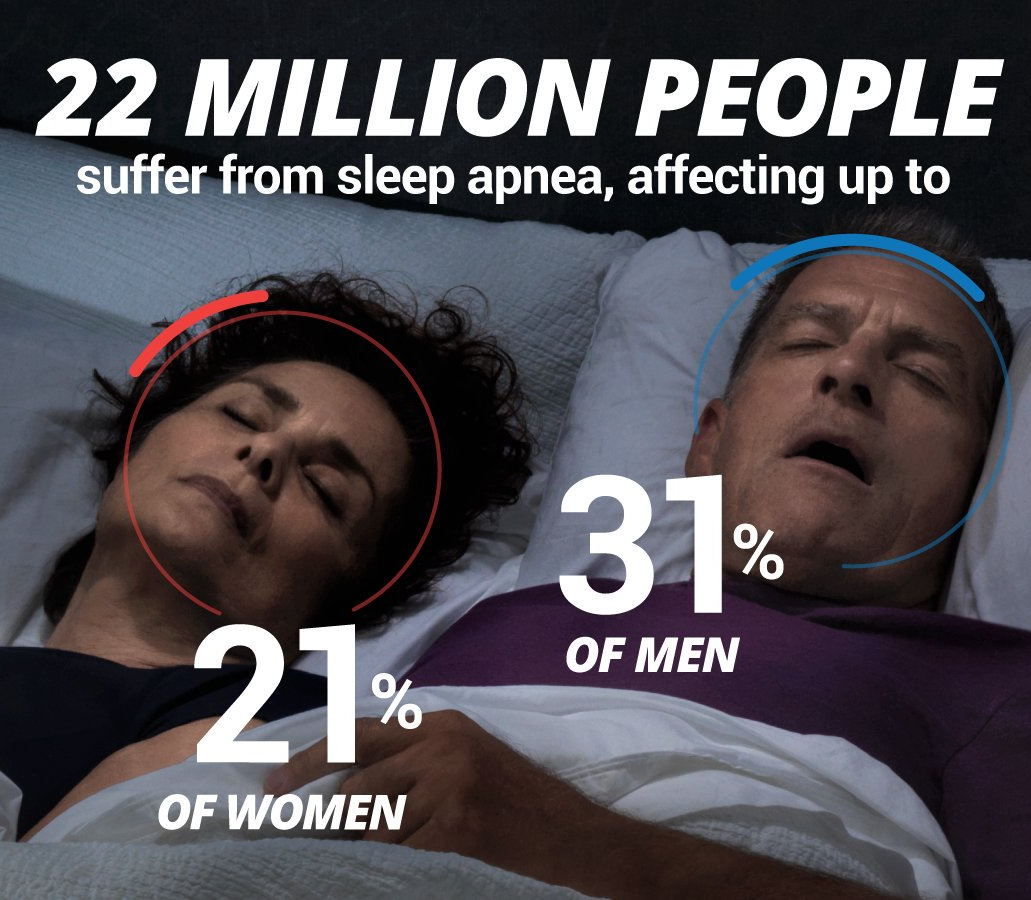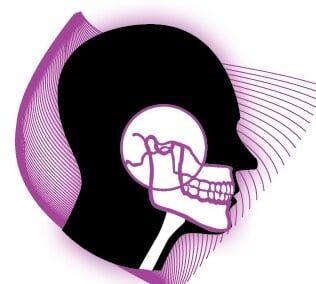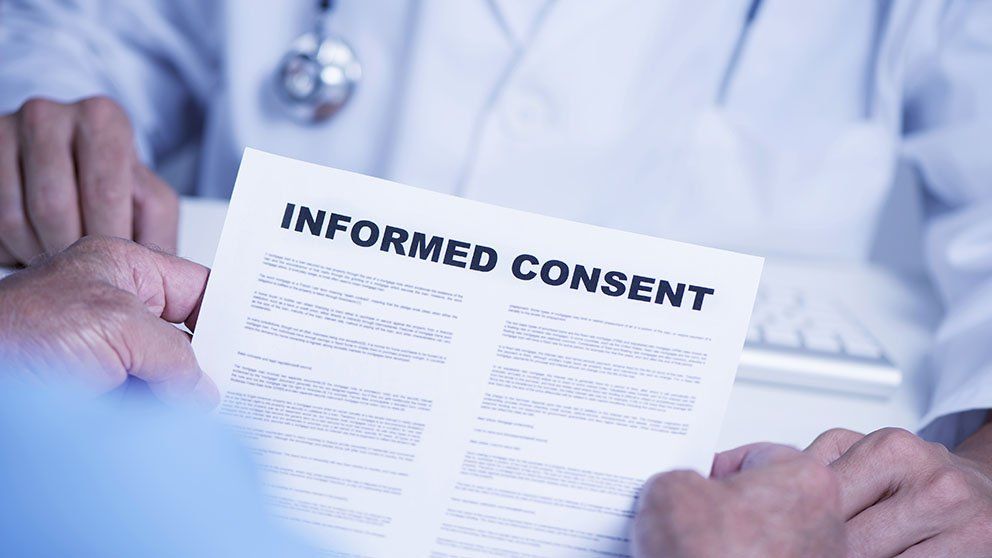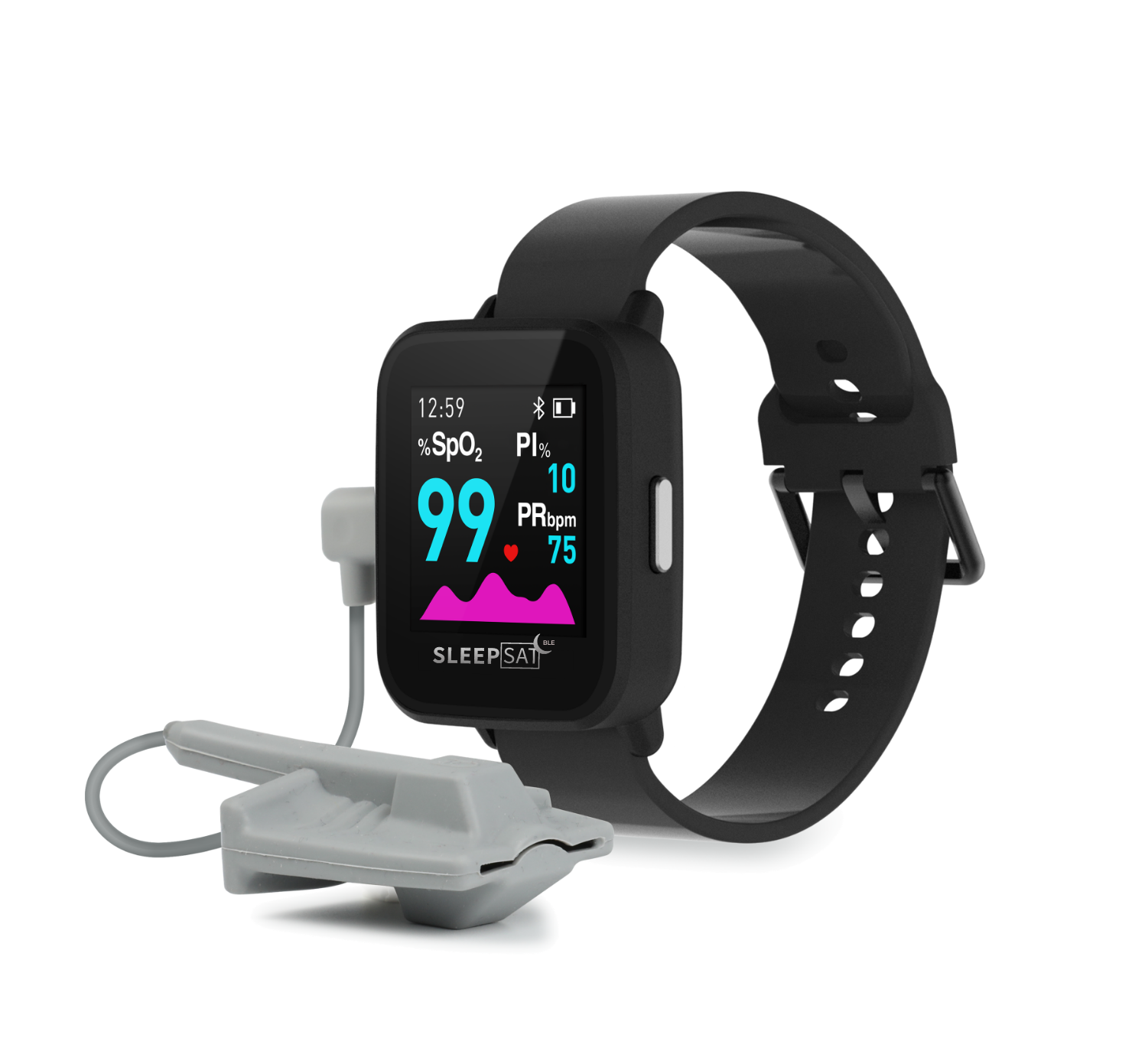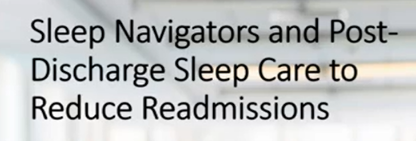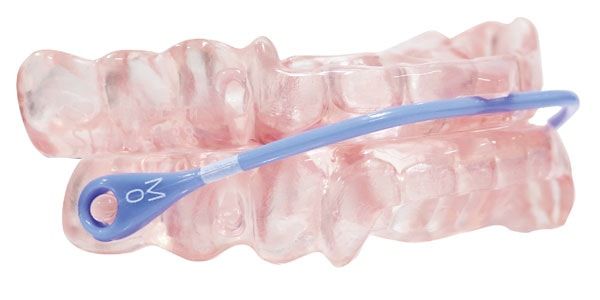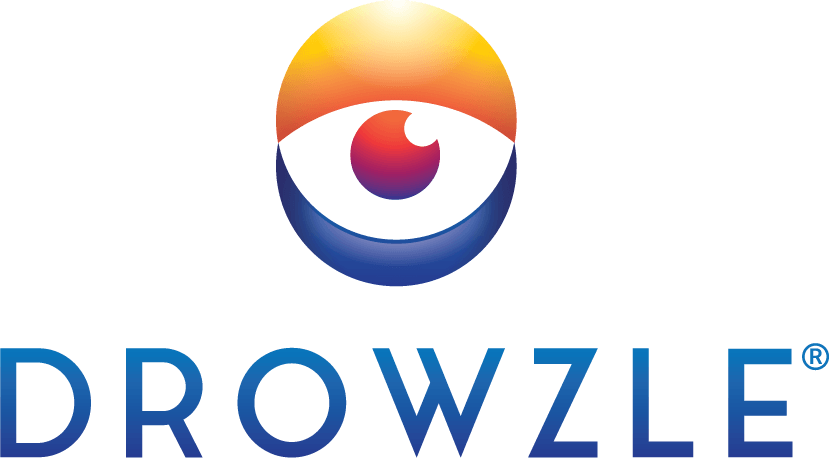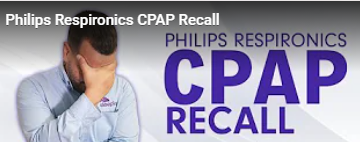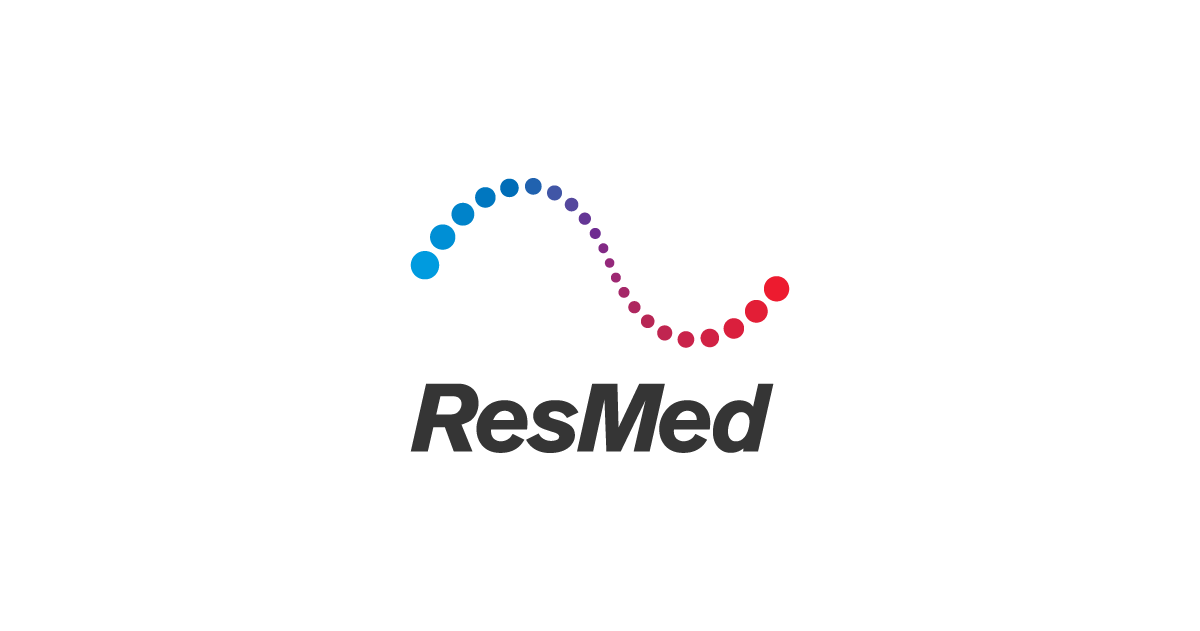Sleep Medicine At Northwestern Medicine
Dr Vikas Jain, MD.
Content and Overview From Northwestern Medicine's Web Site:
What Is Sleep Apnea?
The conditions often referred to as sleep disordered breathing (SDB) include a group of medical conditions that are associated with abnormal breathing that occurs only during sleep and not wakefulness. There are several types of sleep disordered breathing including:
- Obstructive sleep apnea
- Central sleep apnea
- Complex sleep apnea
- Hypoventilation syndrome
SDB has been shown to contribute to the development of hypertension and high blood sugar. These abnormalities drive an increased risk of developing heart attack, heart failure, stroke and diabetes. Other medical conditions can worsen when associated with SDB, including retinal disease, gout, asthma, gastroesophageal reflux disease and many more.
Sleep apnea is a breathing disorder that causes interruptions in breathing during sleep. It is more likely in people who snore loudly, are overweight, have high blood pressure or have some abnormality in their nose and throat.
During apnea, the oxygen level in the blood falls. This causes the patient to awaken slightly (without knowing it) so that breathing can resume. Apnea can last from just a few seconds to over a minute and it can occur many times during the night.
Obstructive sleep apnea (OSA)
Obstructive sleep apnea (OSA) affects more than 18 million people. OSA occurs when the airway is blocked during sleep. No air moves in or out of the lungs. The blockage may be caused by the tongue or the soft part of the mouth falling over the airway. If OSA is left untreated, the low oxygen level may harm the heart and other organs.
Central sleep apnea
Central sleep apnea is a disorder in which your breathing stops and starts repeatedly during sleep. Central sleep apnea occurs because your brain doesn't send proper signals to the muscles that control your breathing.
Complex sleep apnea
Complex sleep apnea is another sleep disorder in which repeated central apneas (more than five an hour) occur and for which there is not a known cause.
Hypoventilation syndrome
Hypoventilation syndrome is a condition in some obese people in which poor breathing leads to lower oxygen and higher carbon dioxide levels in their blood.
___________________________________________________________________________________________________
